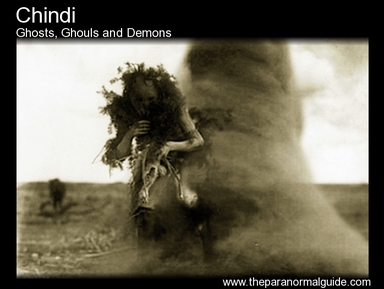
It is said to represent the residual bad energy of the deceased and calling the deads name can summon their Chindi which can bring with it 'ghost sickness' and even death.
Last Dying Exhale
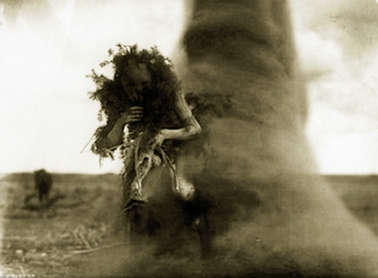 Recreation of a spirit (possibly a Chindi) emerging from a dust devil.
Recreation of a spirit (possibly a Chindi) emerging from a dust devil. Description: Said to be the ghost that leaves the human body with a person’s dying breath.
In Navajo folklore there is the belief that the Chindi is the ghost left behind after a person dies. This ghost is said to be released from the human body with in the last dying exhale. It is said to represent the residual bad energy of the deceased.
In times of sickness, any contact with a Chindi will cause the person to descend further into illness and death will be upon them in no time. For the living to face risk of coming into contact with the Chindi, the Navajo will destroy the deceased belongings and heed that their name is never spoken. If this is custom is not followed there is the fear that the Chindi will come and make others fall ill.
To further protect against the Chindi, the Navajo tradition is to allow death to befall in open areas. This is thought to allow room for the Chindi to disperse. If death occurs indoors, it is feared that the house will be forever haunted.
The next time you witness a mini-whirlwind of dust/dirt, pay attention to which way it spins. The Navajo call these ‘dust devils’ and believe that a clockwise dust devil is a good spirit and the counter clockwise is an evil entity.
Put together by Ashley Hall 2014
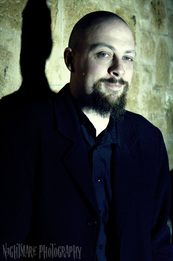
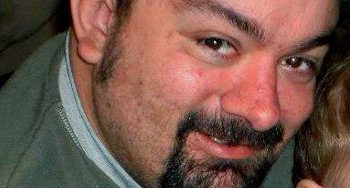


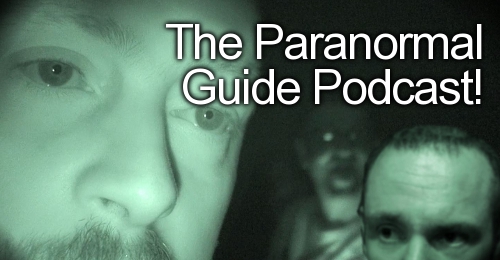
 RSS Feed
RSS Feed
